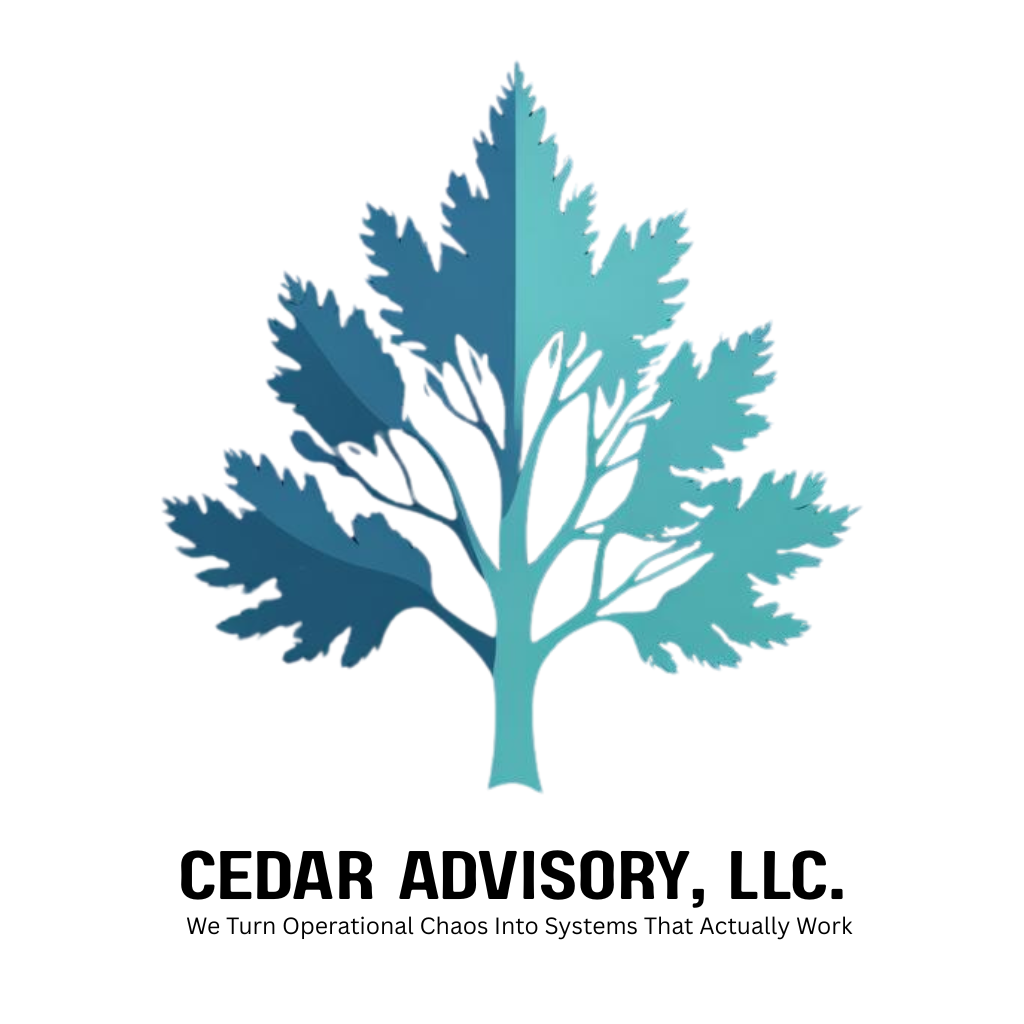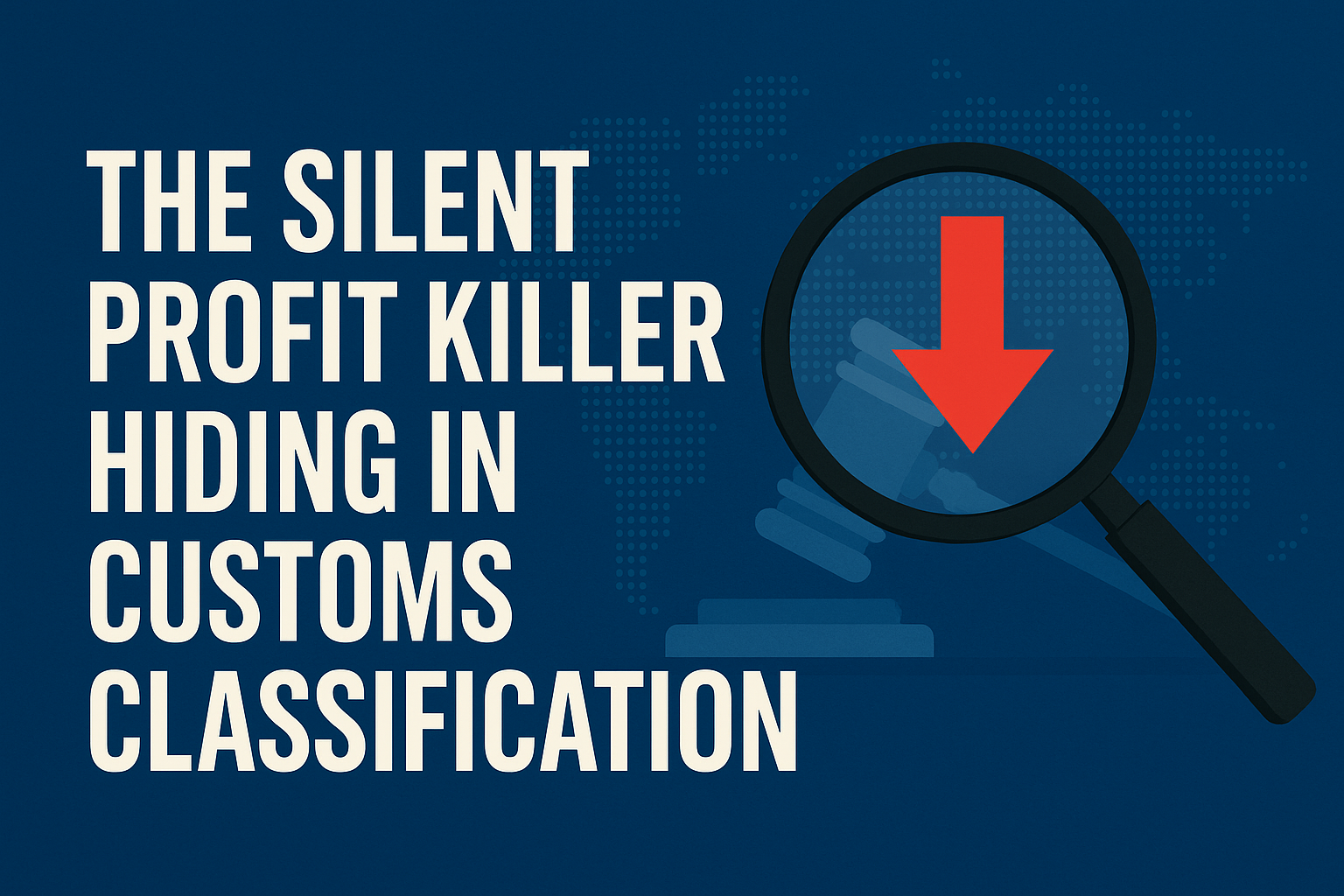Every CPG founder dreams of seeing their products on Target’s shelves—but most don’t realize that a single compliance violation can wipe out an entire quarter’s profit in penalties.
The true cost of entry can reach $100,000-$500,000 for emerging brands, with ongoing expenses representing 3-5% of gross profit annually. The 2024-2025 compliance landscape has fundamentally shifted, introducing new penalties that can devastate unprepared suppliers. Target’s recent policy changes have reverted to pre-pandemic precision standards while adding sophisticated new requirements that catch even experienced brands off-guard.
The stakes couldn’t be higher. Target’s new Perfect Order Program launches in May 2025, replacing percentage-based penalties with per-carton fees that multiply quickly. Fill rate violations now trigger 5% cost-of-goods-sold penalties—significantly higher than industry standards. Meanwhile, the retailer has eliminated flexibility on order adjustments, demanding 95% fill rates on original quantities with no exceptions. For a $1 million Target business, these compliance costs alone can consume $30,000-$50,000 annually.
The complexity extends far beyond simple penalties. Target’s Partners Online platform requires mastery of 40+ integrated applications, while new ASN accuracy requirements impose $0.75 per carton fees starting this May. Brands entering without proper preparation face a perfect storm of compliance violations, operational inefficiencies, and cash flow pressures that have forced promising companies to abandon their Target relationships entirely.
Understanding these hidden costs isn’t just about budgeting—it’s about survival in America’s second-largest retailer.
Target’s evolving compliance battlefield demands new strategies
Target’s 2024-2025 policy updates represent the most significant vendor requirement changes in years, fundamentally altering the cost structure for new suppliers. The retailer has eliminated pandemic-era flexibility, returning to rigorous pre-2020 standards while introducing additional complexity through their Perfect Order Program.
Fill rate penalties have become particularly punishing. Target now requires 95% fill rates based on original order quantities, with no ability to revise after placement. The 5% cost-of-goods-sold penalty applies per unfilled item—meaning a brand shipping 1,000 units but filling only 900 faces penalties on 100 units at 5% of their wholesale cost. For a product with $5 wholesale pricing, this translates to $25 in penalties per 100 unfilled units.
Shipping window compliance has tightened dramatically. Products must arrive within one day of the scheduled delivery window—no earlier, no later. Early or late deliveries trigger 5% COGS penalties, while on-time ship violations carry 3% COGS charges plus a minimum $150 penalty. These standards apply across Target’s entire network, from regional distribution centers to direct-to-store shipments.
The new Perfect Order Program, launching May 4, 2025, introduces per-carton penalties that replace many percentage-based charges. ASN accuracy violations now cost $0.75 per non-compliant carton with a $100 minimum penalty. For brands shipping 10,000 cartons monthly, even a 5% ASN error rate costs $375 per month, or $4,500 annually. Physical barcode accuracy carries identical penalties, affecting both domestic suppliers (for missing barcodes and data errors) and import suppliers (for missing barcodes only).
Invoice compliance has become equally strict. The $75 non-compliance fee for invoices not properly entered into Target’s system may seem modest, but it compounds quickly for brands managing multiple SKUs across frequent shipments. Combined with the 2.5% COGS penalty for supplier adherence violations, these “minor” compliance issues can consume thousands of dollars monthly.
Operational infrastructure requirements create massive upfront investments
The technology infrastructure required for Target compliance represents one of the largest hidden cost categories, often exceeding $50,000-$150,000 for proper implementation across all required systems.
The real surprise lies in transaction-based pricing models many EDI providers employ. At $0.30-$0.50 per EDI document, brands processing 10,000 transactions monthly face $3,000-$5,000 additional costs. Value Added Network (VAN) fees, based on transmitted data volume, create another variable expense that scales with business growth.
Warehouse Management System integration compounds these costs significantly. Entry-level WMS solutions start at $100-$300 per user monthly, while enterprise systems exceed $500 per user. Target-specific integration requirements add $5,000-$25,000 to implementation costs. Custom development for compliance features can reach $100,000-$500,000 per module, particularly for sophisticated reporting and performance tracking capabilities.
Product Information Management systems represent another substantial investment. Entry-level PIM solutions cost $100-$500 per user monthly, while enterprise systems exceed $1,000 per user. Implementation ranges from $10,000-$100,000+, with ongoing content syndication platform costs of $500-$5,000 monthly. These systems become essential for managing Target’s detailed product data requirements across their ItemHub platform.
Third-party logistics costs carry premium pricing for Target compliance expertise. 3PLs charge 10-20% premiums for Target-certified services, recognizing the complexity of routing guide compliance and penalty avoidance. Setup and onboarding fees range from $1,000-$10,000, with ongoing management fees that vary based on shipment volume and complexity.
Case studies reveal the true financial impact across brand categories
Real-world examples illustrate how these costs compound into significant business impacts, particularly for emerging brands without adequate preparation or capitalization.
Successful entry requires substantial preparation and investment. Seemore Meats & Veggies exemplifies the data-driven approach that works. The clean sausage brand invested $100,000 in additional e-commerce revenue generation to fund retail expansion, using consumer validation and purchase data to build compelling buyer presentations. Their staged approach—proving success at Whole Foods before approaching Target—provided the sales velocity and consumer insights necessary for successful big-box entry.//Automation and sampling programs deliver measurable results for prepared brands. Social Nature case studies show Alpha Foods achieving 20% velocity increases through retail sampling, while Veggiecraft Farms reached 49% repeat purchase rates with new shoppers. Brainiac demonstrated measurable in-store lift across multiple retailers including Walmart, Meijer, and Publix.
The contrasting failure of Target Canada offers sobering lessons about infrastructure preparation. Target’s $5.4 billion loss over two years stemmed from aggressive timelines, incomplete supply chain strategy, and inadequate operational preparation—exactly the issues that plague unprepared CPG brands entering the system.
Industry benchmarks reveal substantial financial commitments across successful Target entries. Supplier onboarding costs alone range from $1,000-$10,000 per supplier according to ZAGENO research, while McKinsey analysis shows trade spending accounts for 20-30% of gross sales for CPG companies. The most telling statistic: companies using automated onboarding capture hundreds of thousands in additional revenue versus those experiencing delays.
Deloitte research indicates modern Revenue Growth Management optimization can generate benefits equal to 3-5% of gross profit per year—exactly the range these Target compliance costs typically consume. This creates a zero-sum situation where brands must optimize elsewhere to offset Target entry expenses.
Strategic preparation minimizes costs and maximizes success probability
The most successful Target entries result from comprehensive preparation that addresses infrastructure, cash flow, and operational readiness months before first buyer meetings.
Technology readiness forms the foundation of cost-effective Target entry. Brands should establish EDI capabilities, implement proper WMS integration, and create robust product information management systems before approaching Target buyers. Waiting until contract signing to address these requirements typically doubles implementation costs due to rushed timelines and emergency service premiums.
Financial planning must account for extended cash conversion cycles. Target’s Net-60 payment terms, combined with 15-30% trade spending requirements, create substantial working capital needs. Industry experts recommend maintaining 12+ months of operating expenses reserved before Target approach, with additional buffers for promotional activities and unexpected compliance costs.
Regional validation provides critical leverage for national negotiations. Brands achieving strong performance with regional Target distribution—or comparable big-box retailers—can negotiate more favorable terms and reduce slotting fees. The sales velocity data becomes essential for buyer presentations and promotional planning.
Professional relationships and expertise significantly impact outcomes. Target-experienced brokers understand buyer preferences, seasonal planning cycles, and negotiation strategies that generic sales agencies lack. Retail consulting firms specializing in Target entry provide implementation guidance that prevents costly mistakes during the critical onboarding phase.
Compliance systems must achieve operational excellence before scaling. The May 2025 Perfect Order Program changes demand ASN accuracy above 98% and perfect barcode compliance. Brands implementing robust quality control systems—including EDI transaction monitoring, shipment verification, and automated compliance reporting—avoid the per-carton penalties that can quickly consume profit margins.
Financial impact data shows consistent patterns across successful brands
Target entry costs typically represent 5-10% of first-year revenue for emerging brands, with ongoing operational expenses of 3-5% of gross profit annually. Small-to-medium CPG companies should budget $100,000-$500,000 for comprehensive Target setup, while large enterprises may require $500,000-$2M+ initial investment.
The hidden nature of these costs creates the greatest risk. Slotting fees of $1,500+ per store per SKU, combined with marketing contributions and promotional participation fees, often exceed initial projections by 50-100%. Brands entering with inadequate preparation typically face first-year compliance costs 2-3 times their original estimates.
Cash flow impact extends beyond direct costs. Extended payment terms and trade promotion timing create working capital requirements that can strain emerging brands. The most successful entries involve invoice factoring or short-term financing arrangements that smooth cash flow during promotional cycles.
Preparation prevents costly surprises
Target entry represents one of the highest-stakes decisions for CPG brands, with the potential for transformational growth or devastating losses depending on preparation quality. The 2024-2025 compliance landscape demands sophisticated operational capabilities that extend far beyond product quality and pricing.
Success requires treating Target entry as a comprehensive business transformation rather than a simple sales transaction. Brands investing in proper infrastructure, professional guidance, and adequate capitalization position themselves for sustainable growth within America’s retail landscape. Those attempting shortcuts or underestimating complexity join the ranks of brands forced to abandon their Target relationships due to unsustainable cost structures.
The hidden costs are no longer hidden—they’re documented, quantified, and predictable. The question becomes whether brands will invest in preparation and professional guidance, or learn these lessons through expensive trial and error. In Target’s unforgiving compliance environment, the latter approach risks not just profit margins, but business viability itself.
Facing Target entry but worried about compliance costs spiraling out of control? Cedar Advisory specializes in helping $5M-$50M CPG brands prepare for big box retail without breaking the bank.
Our Target Readiness Assessment identifies hidden cost risks, compliance gaps, and infrastructure needs—so you can enter with confidence instead of surprises.
Let’s discuss your Target strategy. Schedule a free 30-minute consultation to explore how we can minimize your entry costs and maximize your success probability.
#TargetCompliance #CPGBrands #RetailCompliance #BigBoxRetail #SupplyChainCosts #EDIImplementation #PerfectOrderProgram #RetailPenalties #WMSIntegration #ComplianceCosts #RetailReadiness #CPGOperations #TargetSuppliers #RetailInfrastructure #ComplianceViolations #ASNAccuracy #BarcodeCompliance #3PLManagement #RetailOnboarding #TargetPartnersOnline #ConsumerPackagedGoods #EmergingBrands #RetailEntryStrategy #OperationalExcellence #CedarAdvisory #RetailStrategy #SupplyChainManagement #CPGIndustry #TargetVendorRequirements #RetailPreparation







